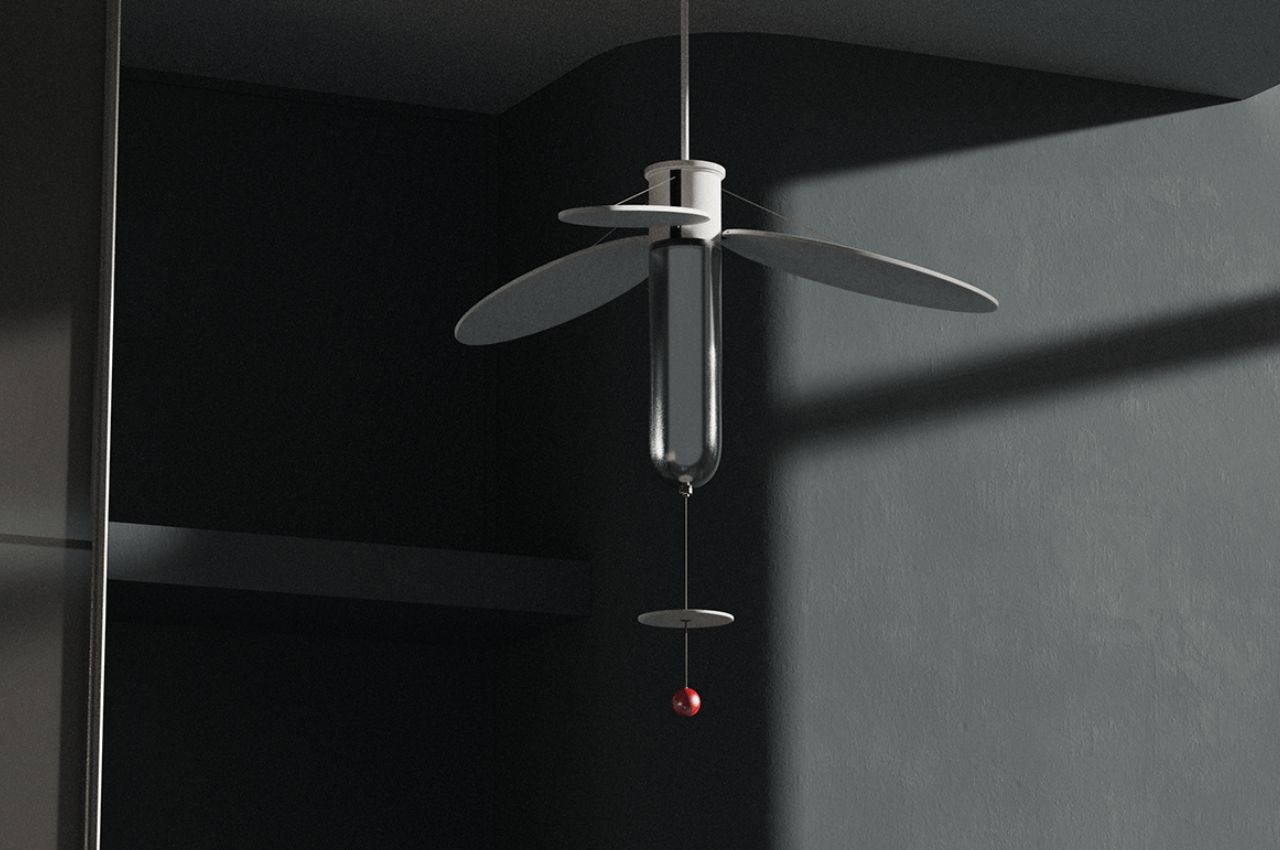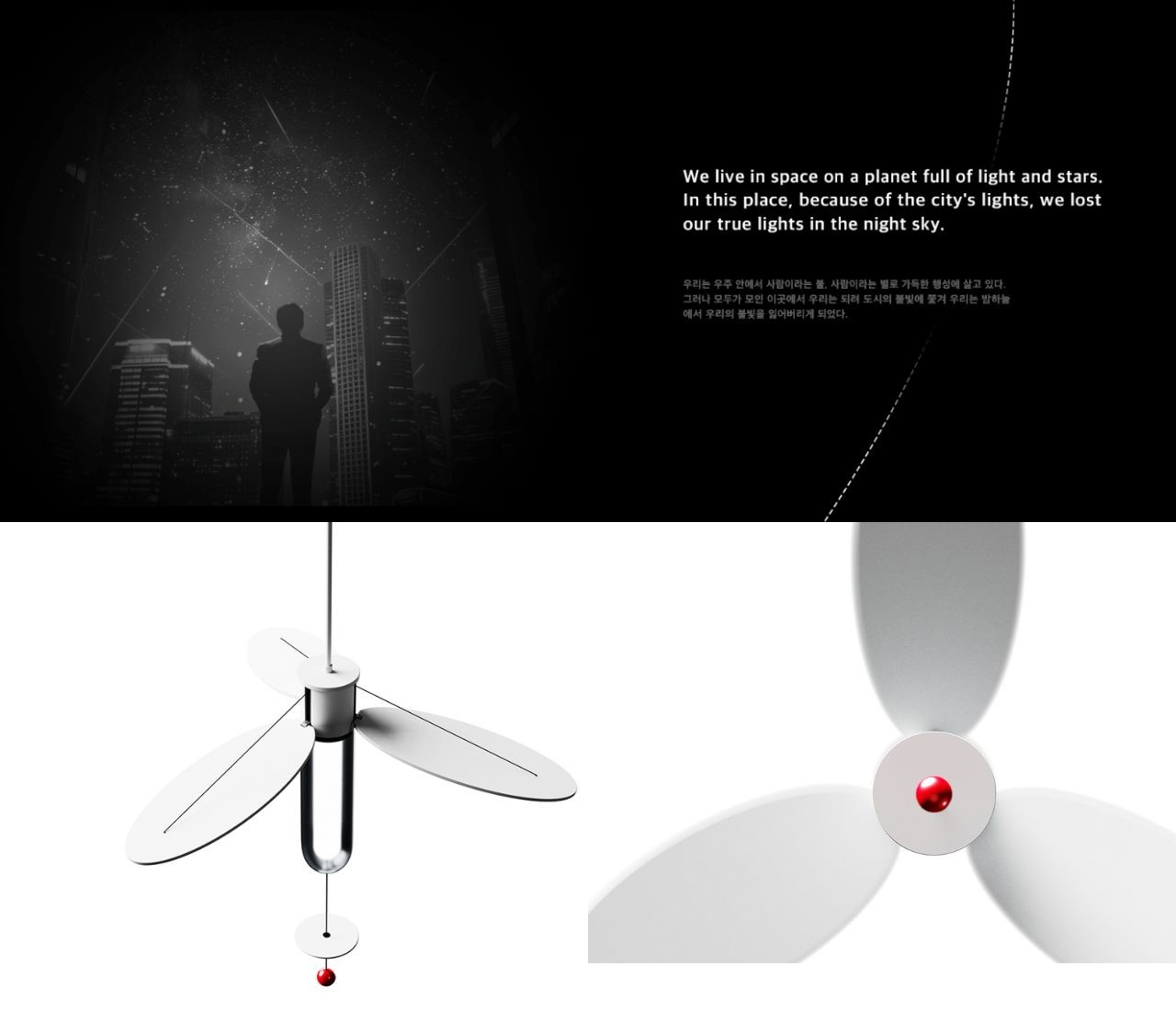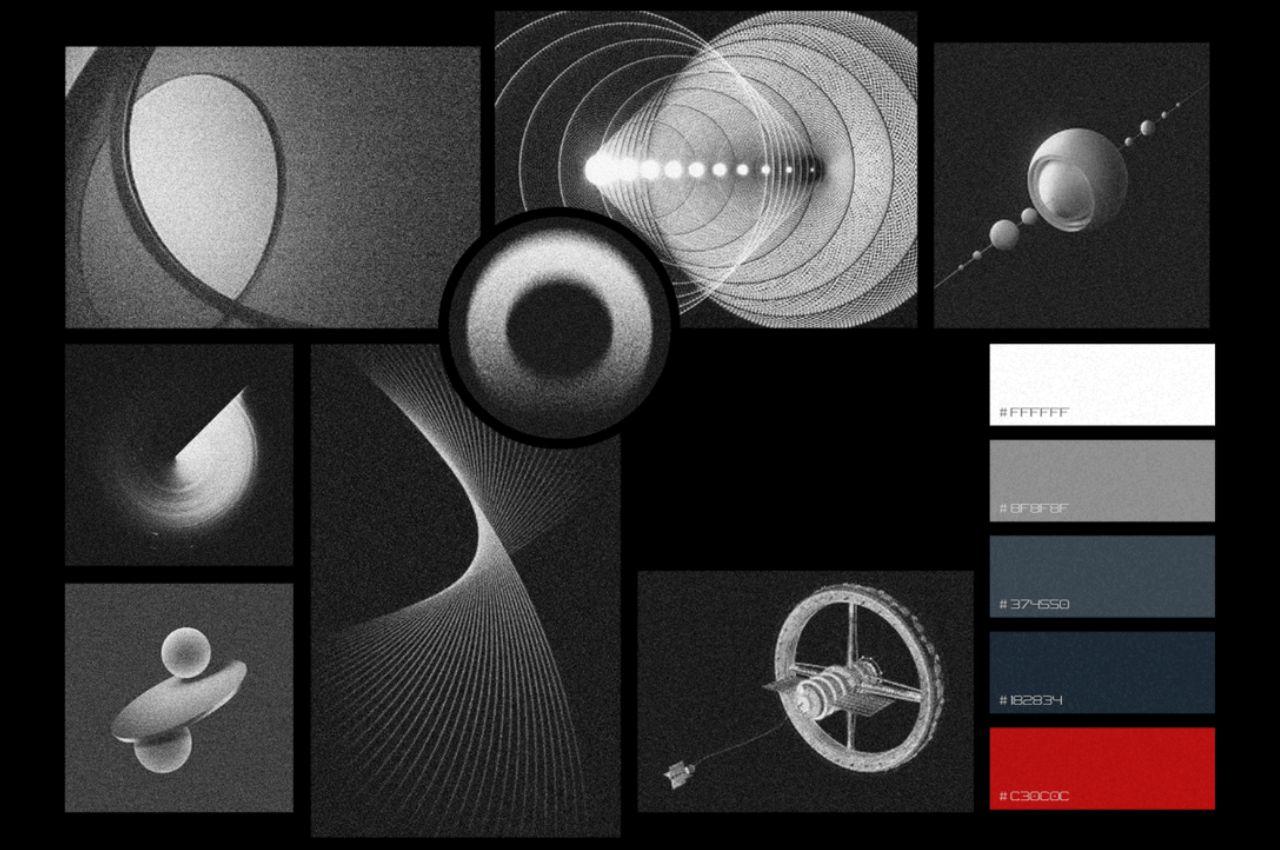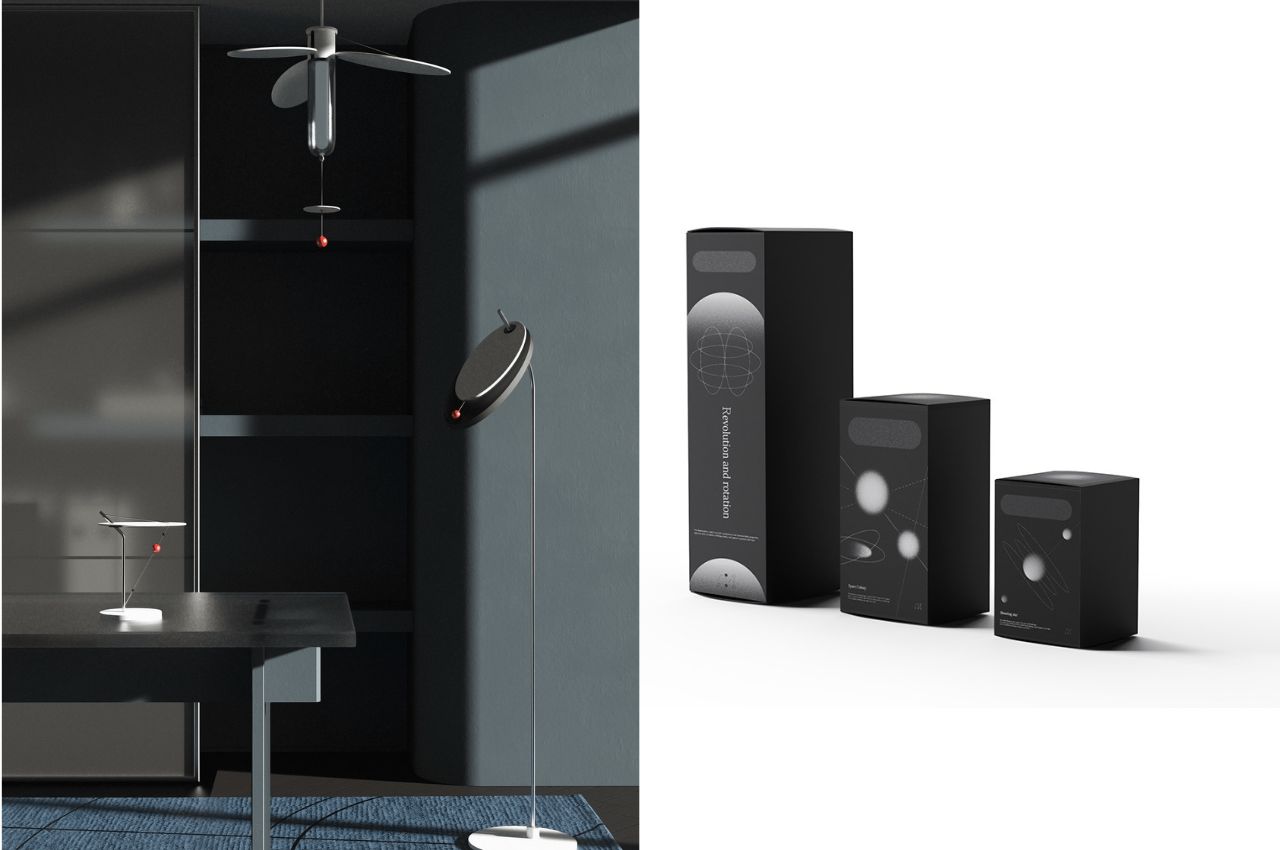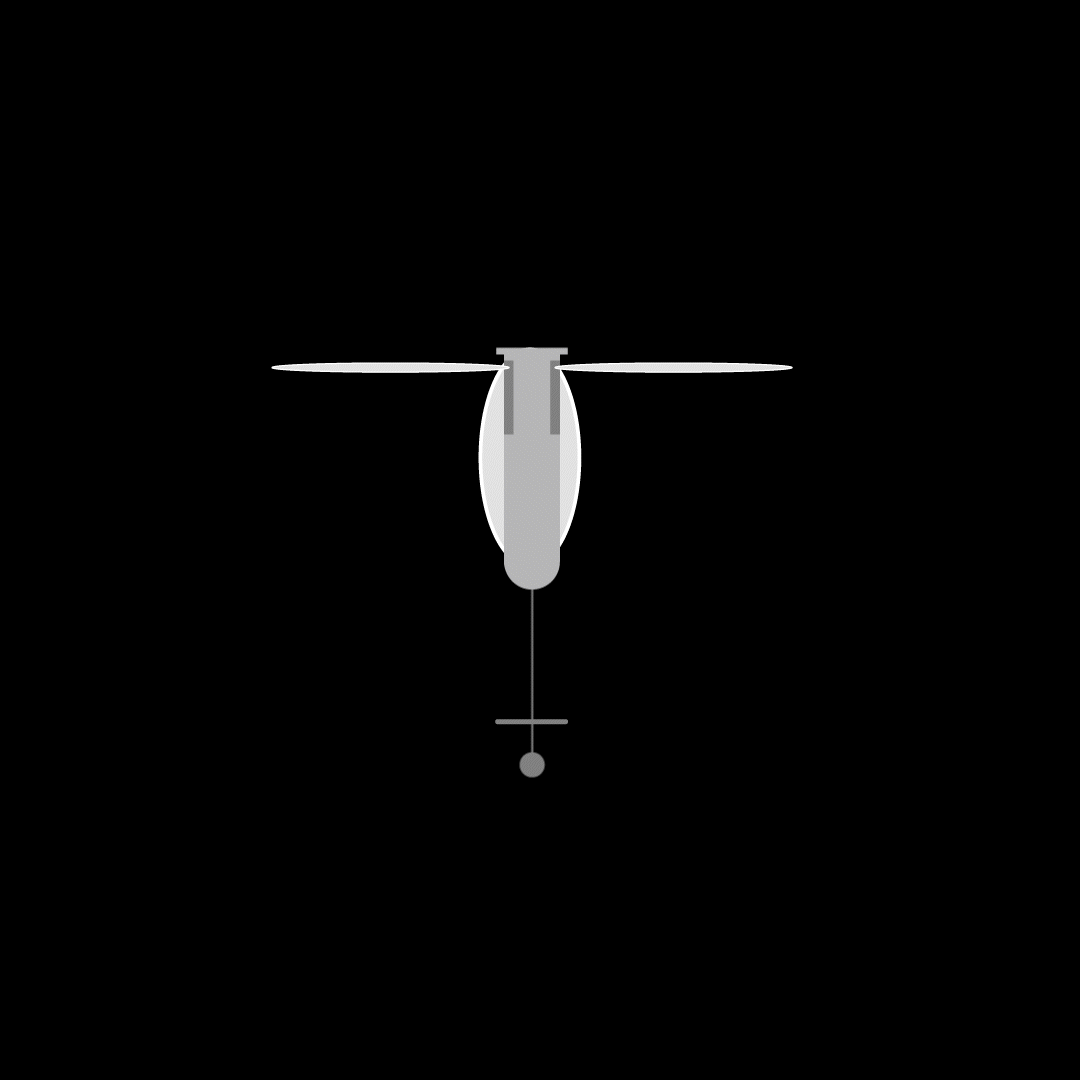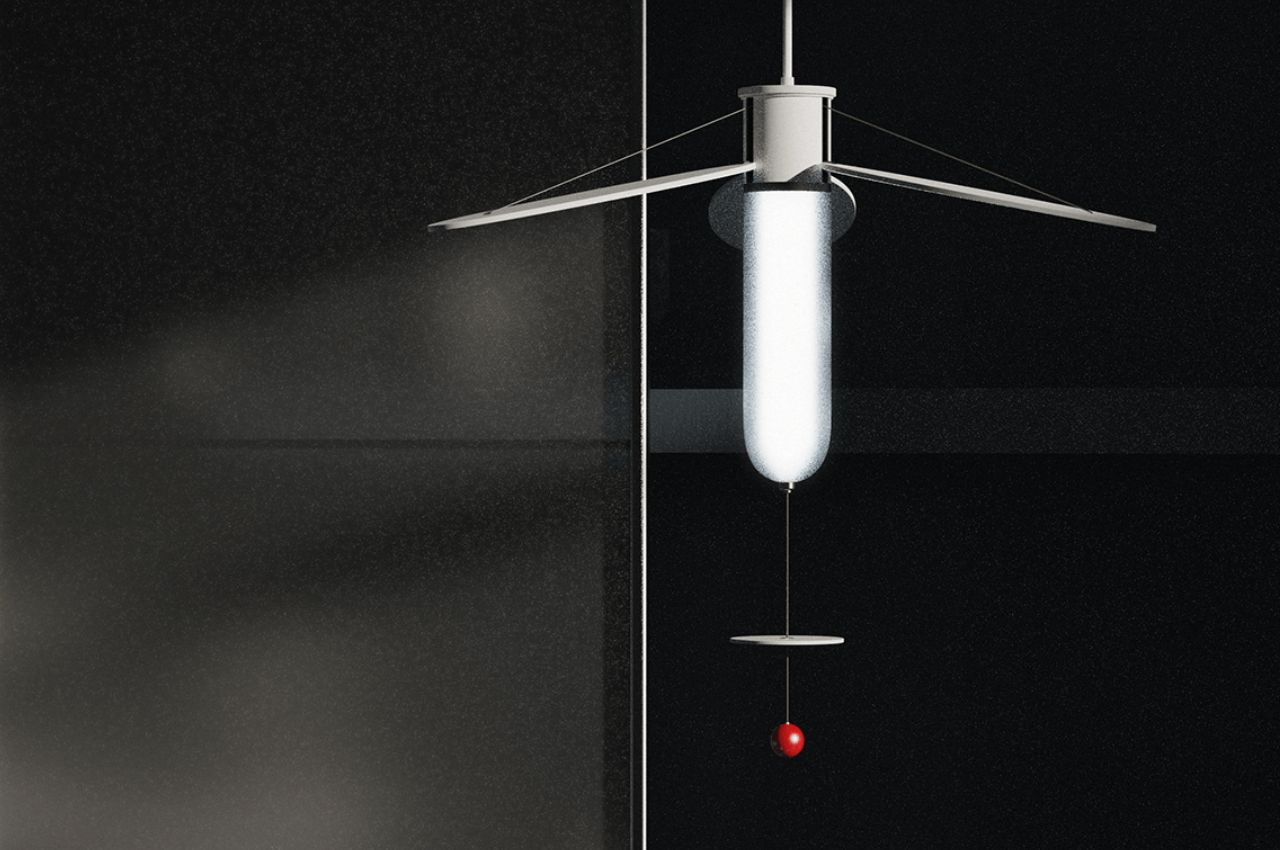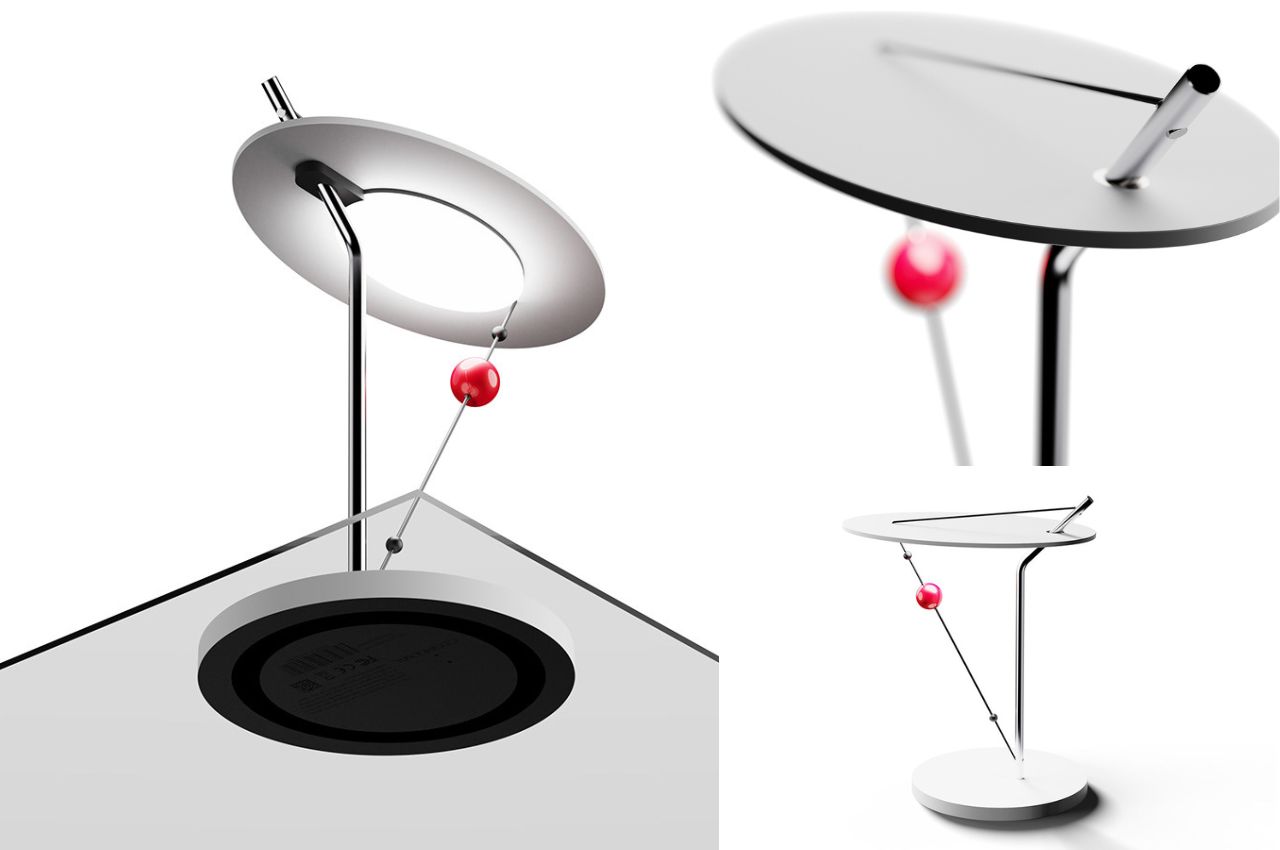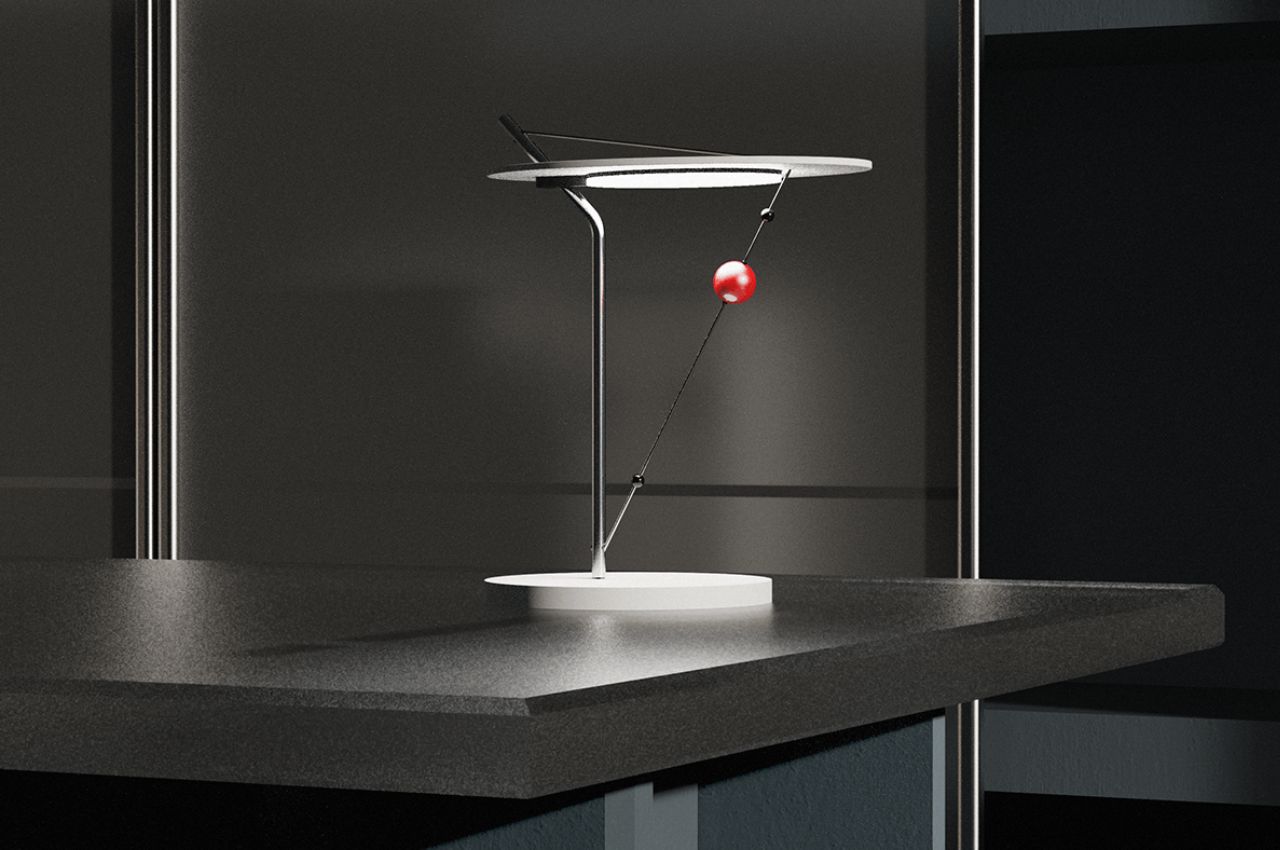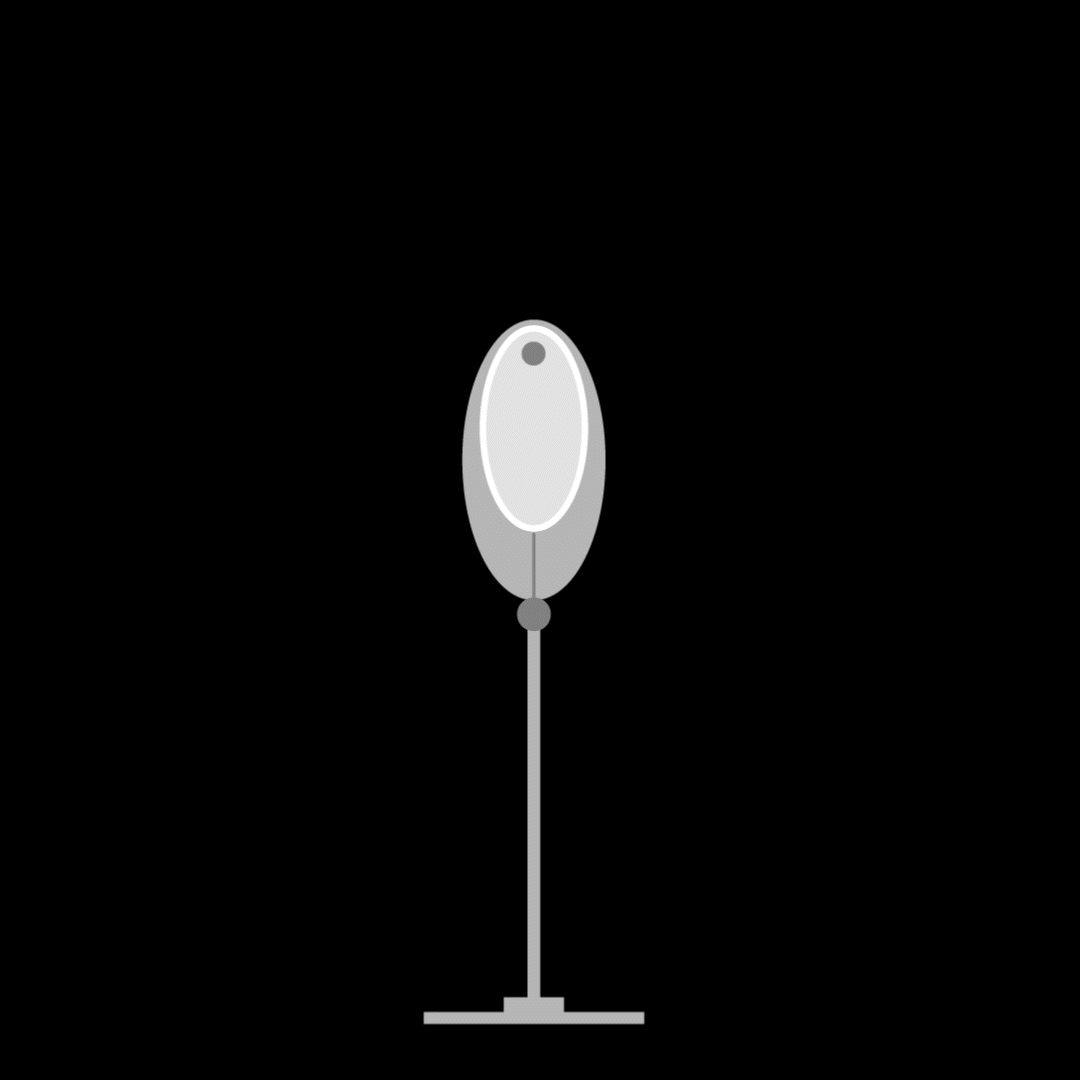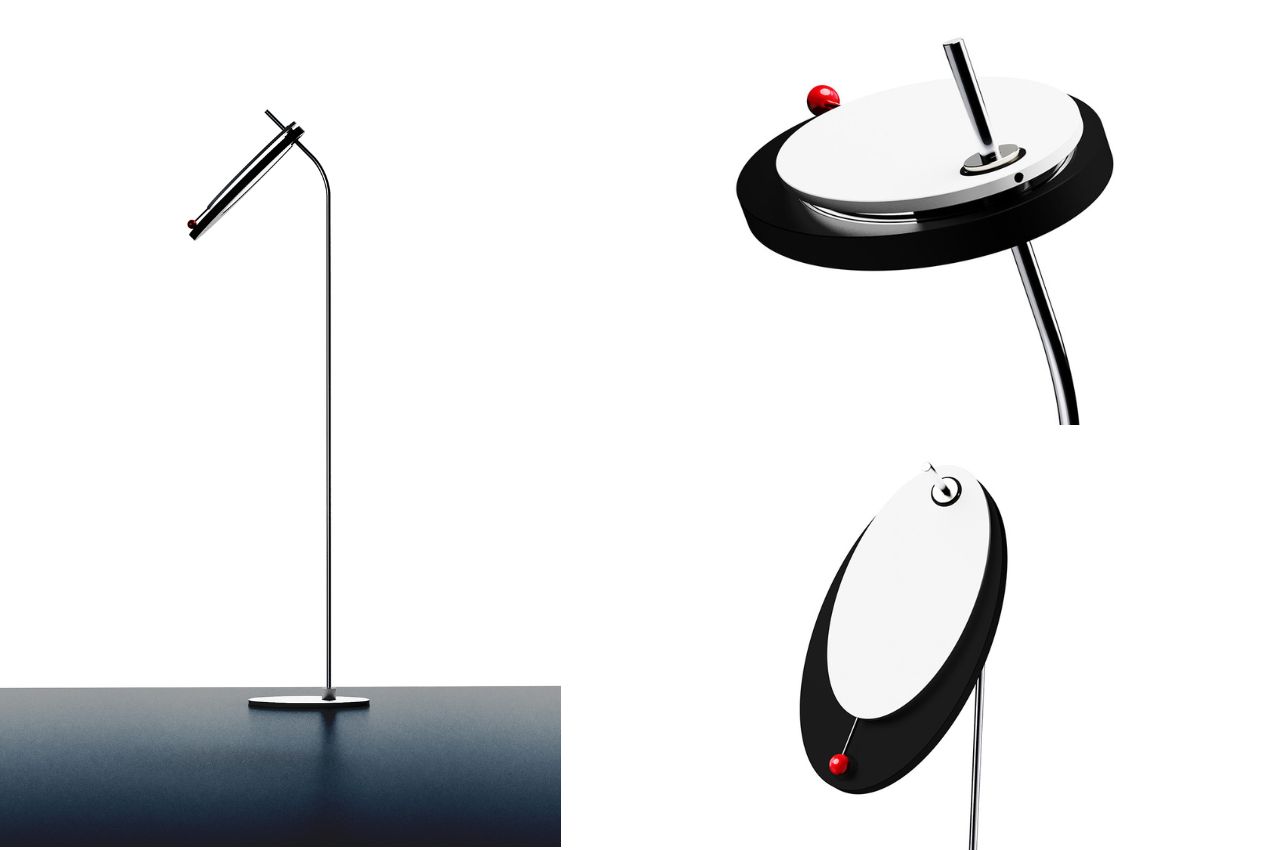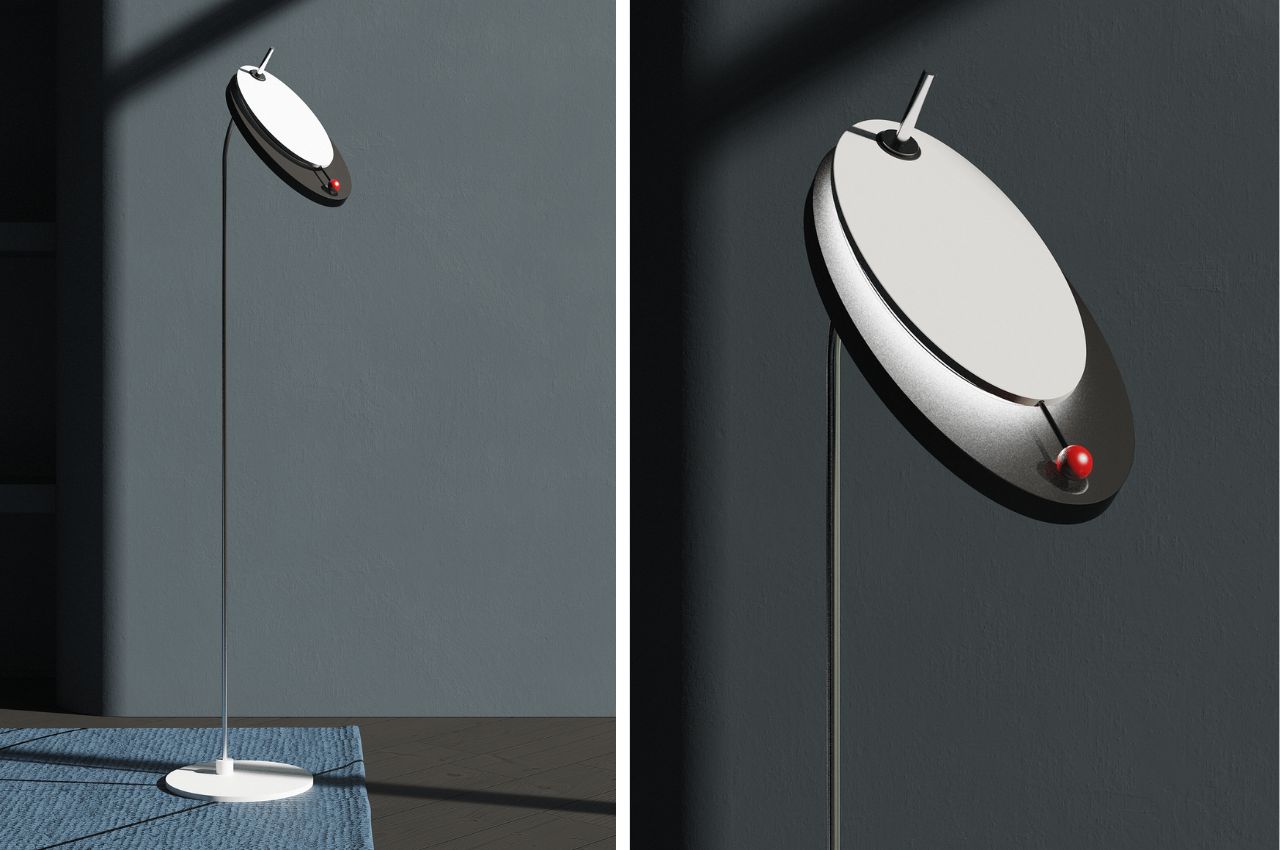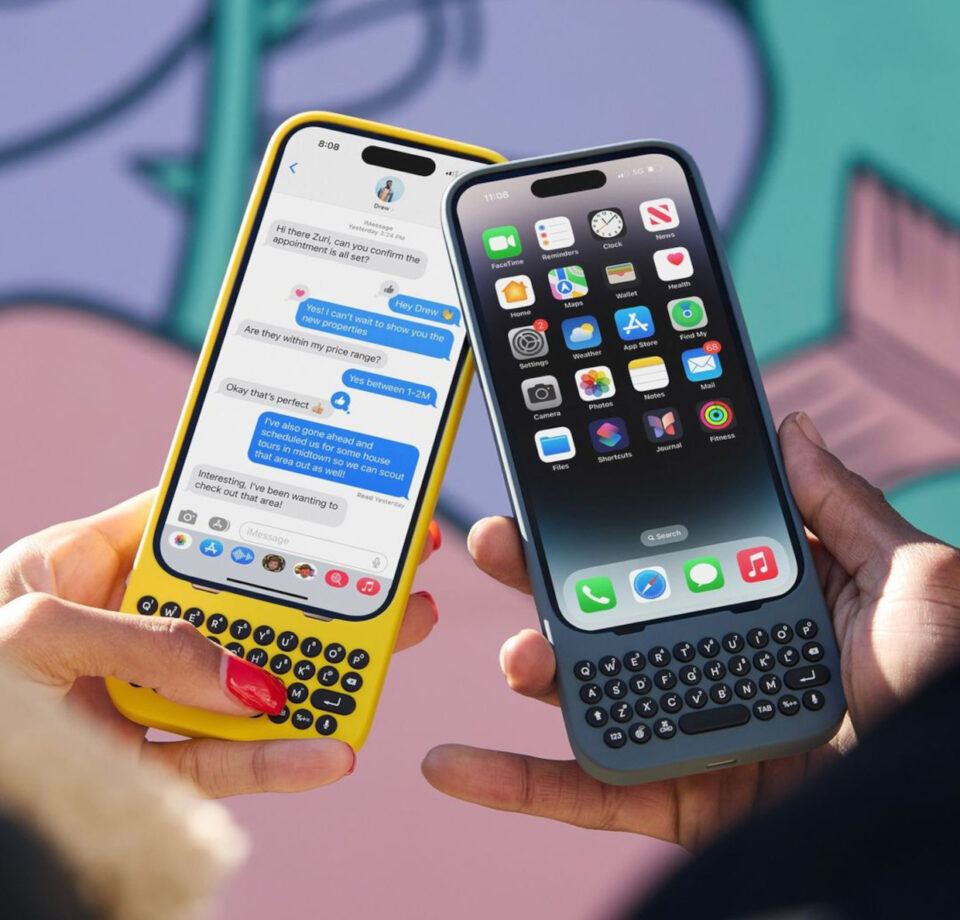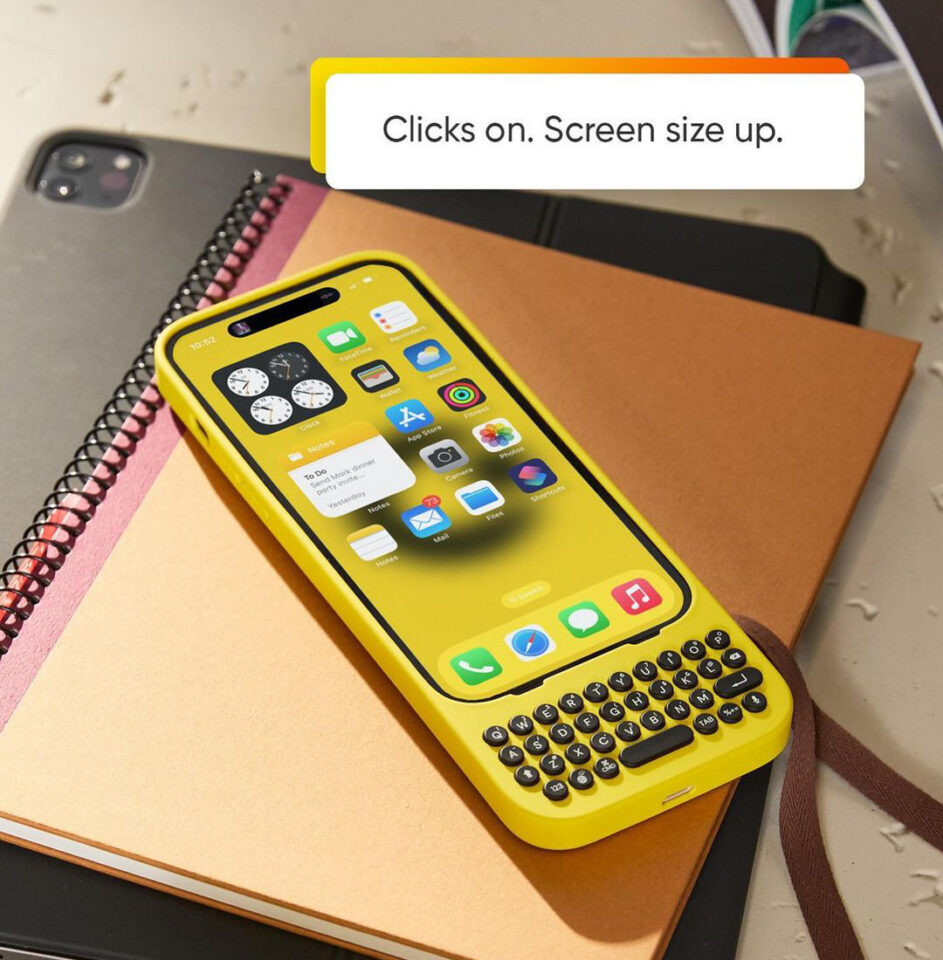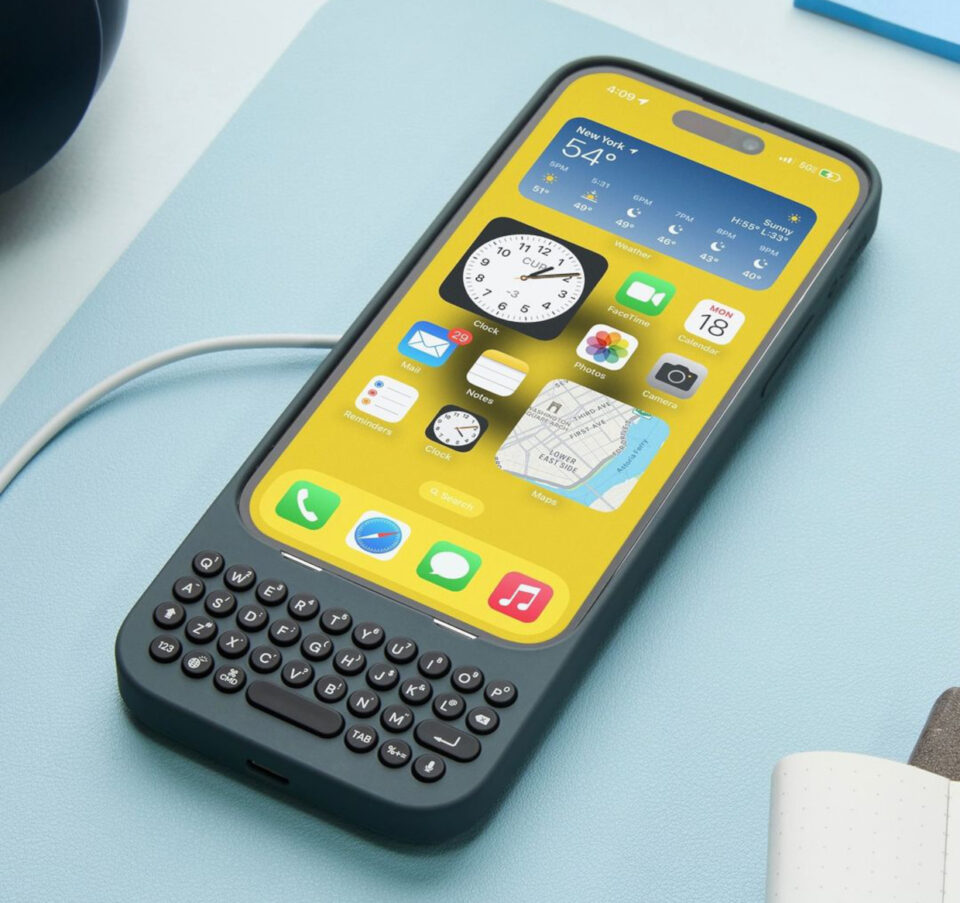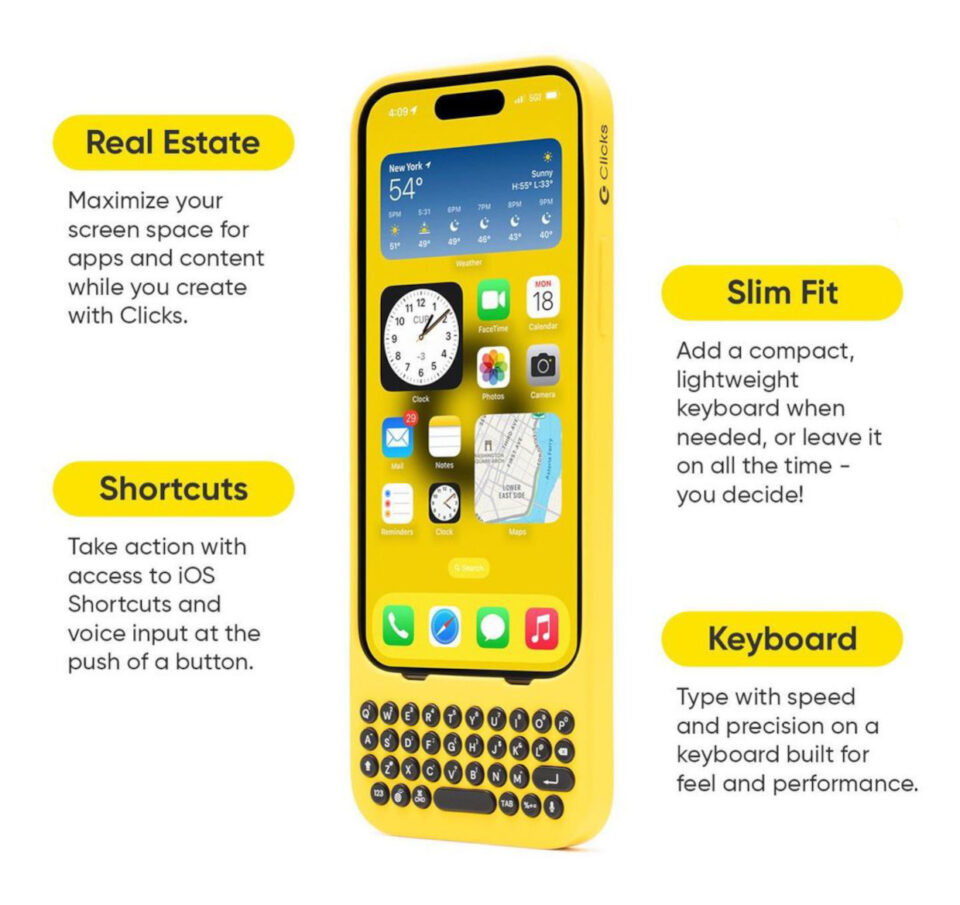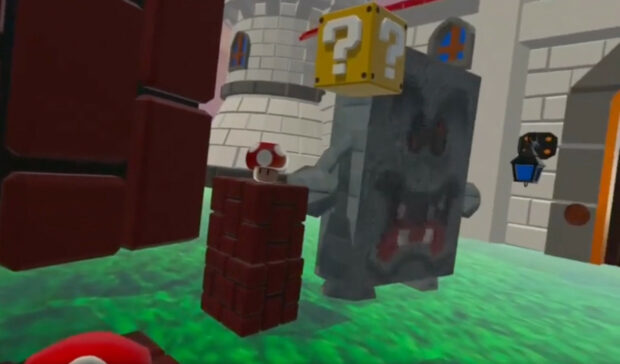Everyone knows that stereotype of sleepyheads reaching for their bedside alarm clocks and simply pushing a button to turn them off. Even with smartphones, people approach alarm clock apps with that same detached and mechanical behavior. Of course, these clocks are just tools, but the way we interact with them in a way reflects our subconscious attitude toward time and waking up each day. Rather than simply letting time pass us by without our involvement, this minimalist and fun design turns the passive tool into something interactive, turning a routine action into something almost like a game.
Designers: Adrian Wright, Jeremy Wright (DesignWright)
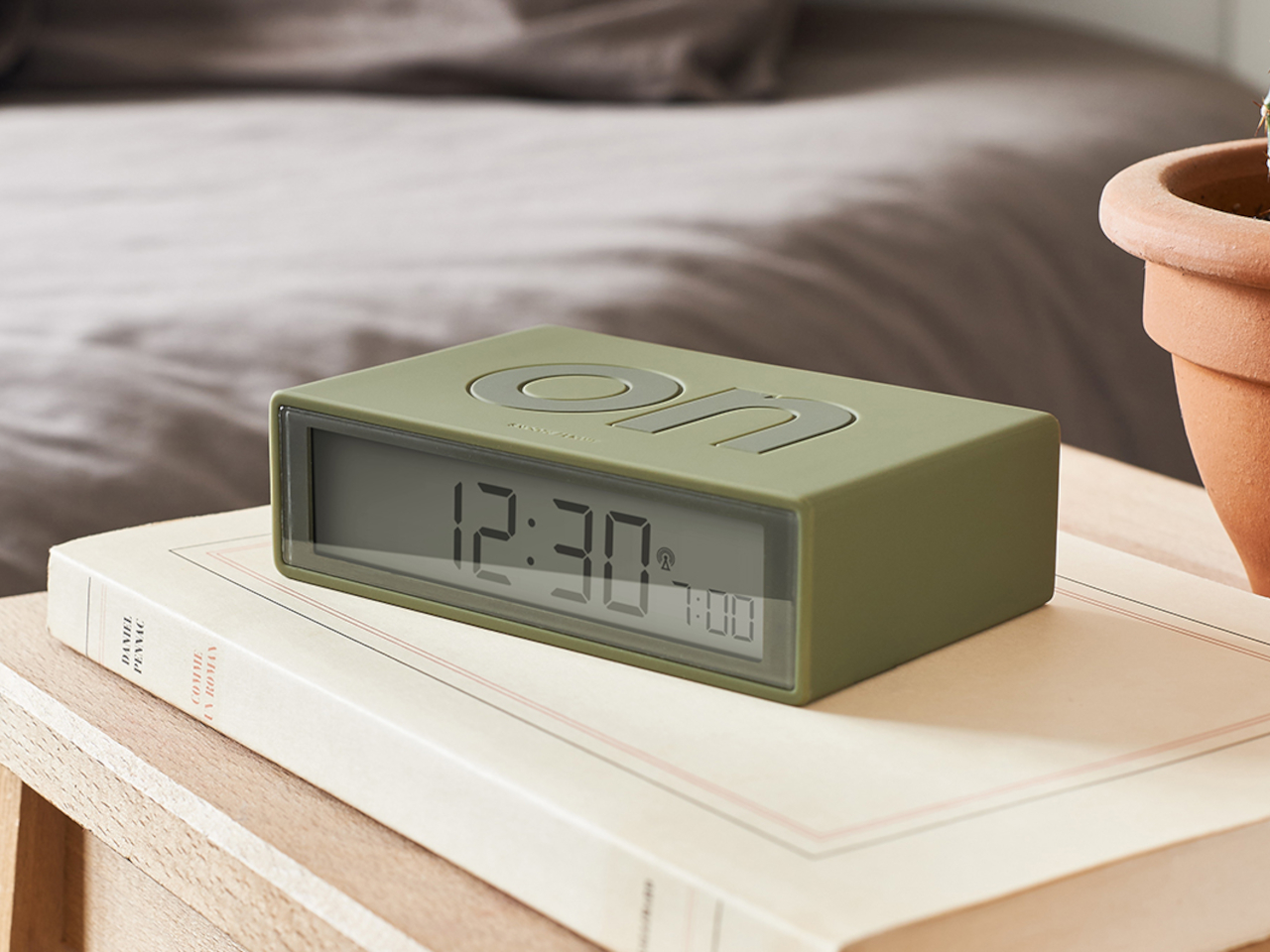
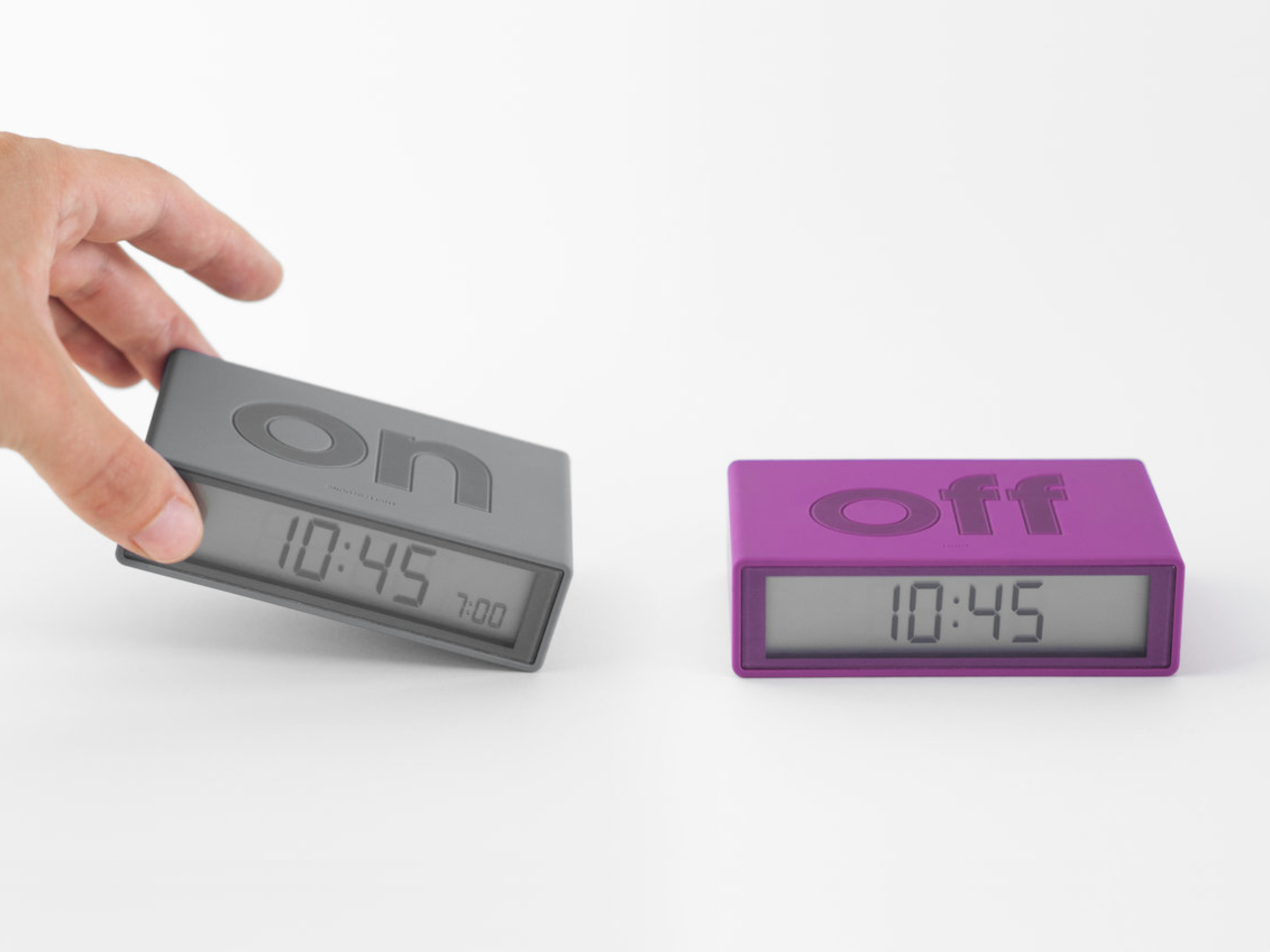
We can sometimes feel like slaves to our clocks, moving according to pre-set schedules and called by the beeping or ringing of alarms. Smartphone apps made that situation simpler but also made us feel less in control. It’s only too easy to set up an alarm, sometimes even without our explicit action, and it’s just as easy to get lost in dozens of alarms and notifications. Having a physical alarm clock, especially by your bedside, helps us distance ourselves from the complexity of apps and digital experiences, and the Flip alarm clock adds a joyful twist to the way you interact with the object.
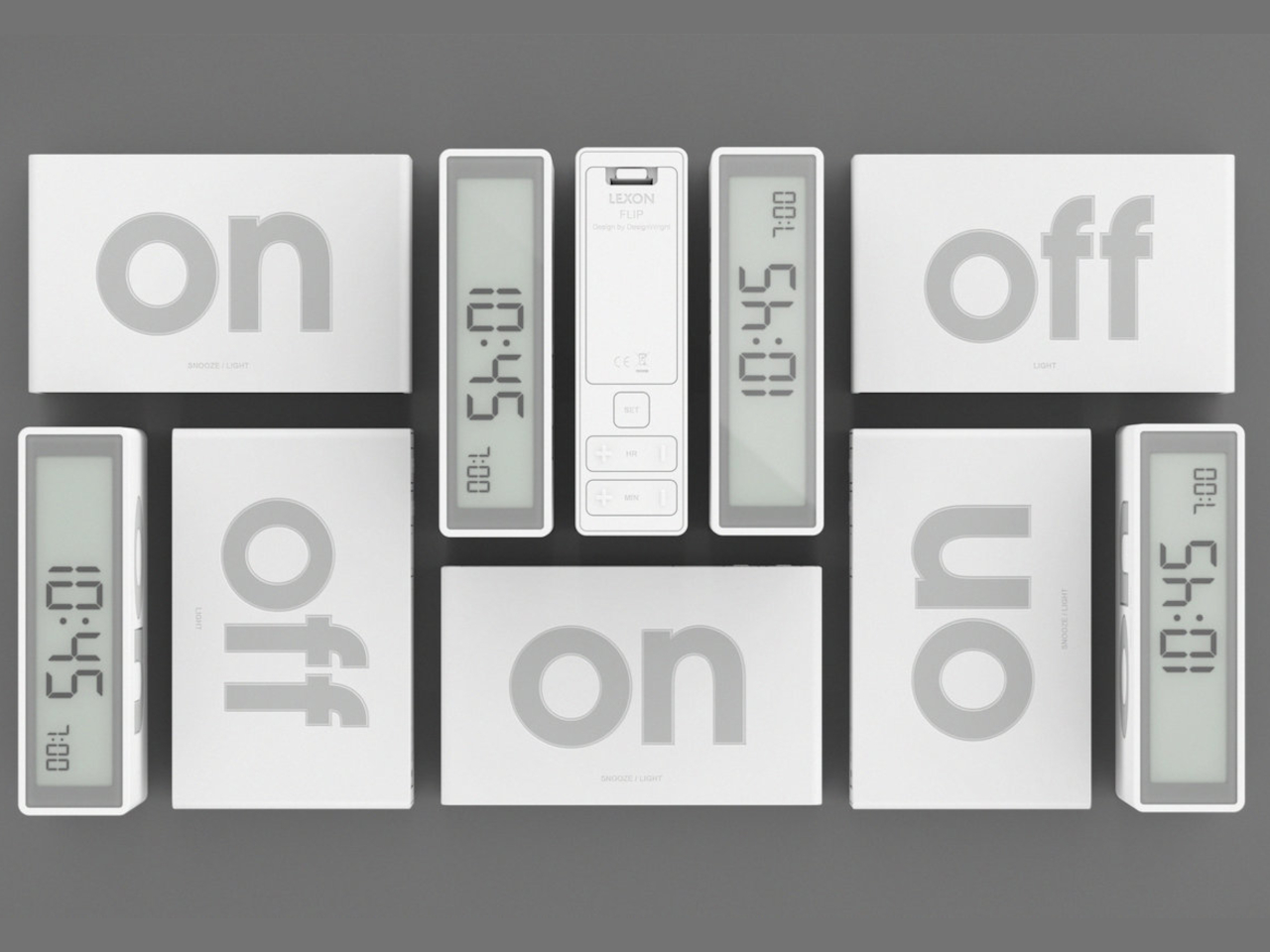
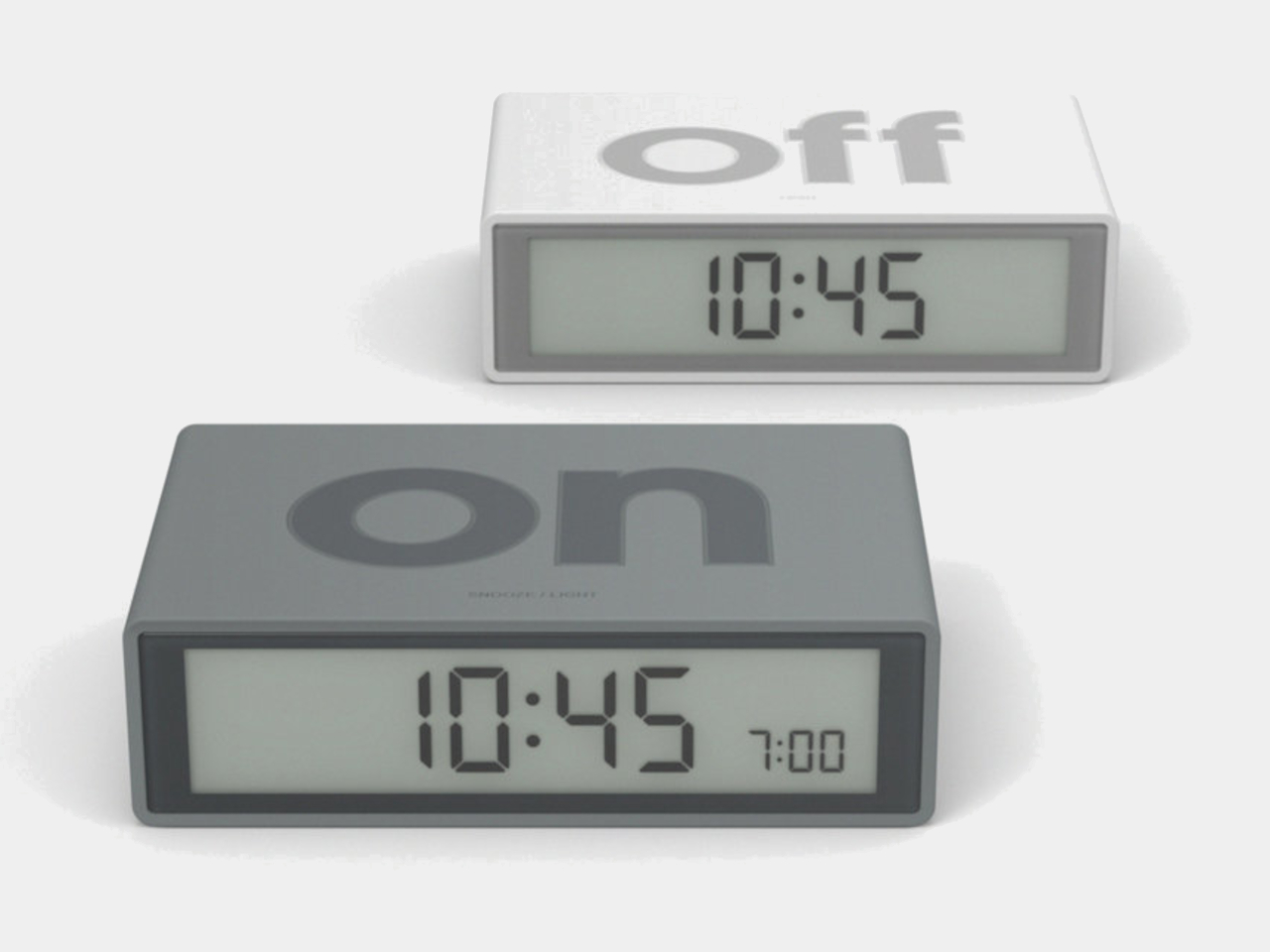
As its name suggests, you flip the alarm clock to determine how it behaves. One side is labeled “on” and it means what it says, that the alarm is enabled and active. Flip it over, however, and you’re greeted with the word “off” to indicate that the alarm is now disabled. Whichever way you turn it, the LCD display flips to show the time right side up, making it a reversible design as well.
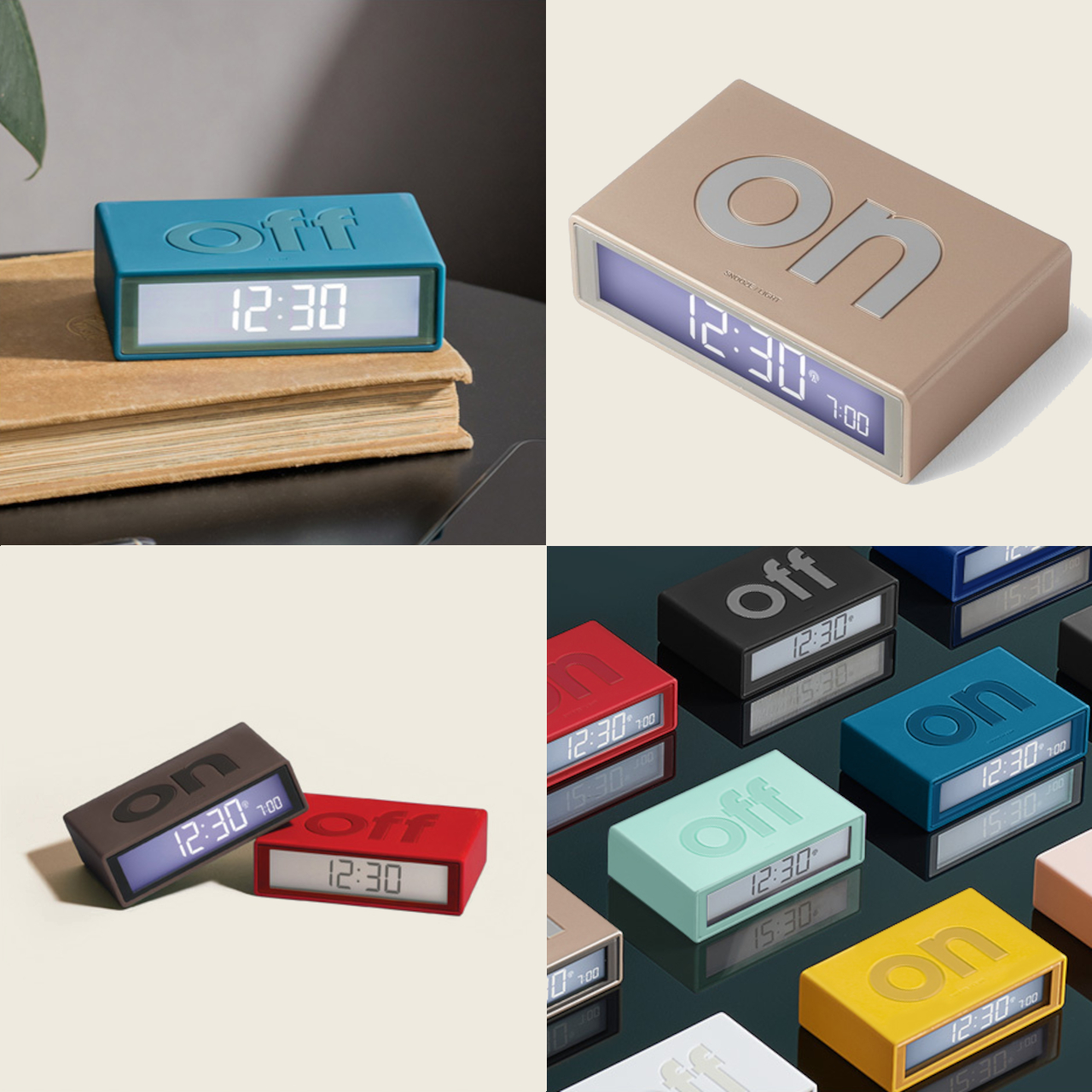
This design that eschews physical buttons for kinetic controls adds an element of direct interaction with the object. You’re no longer dragged around by the alarms you set and become a willing actor in the scenario that plays before you. It can become an addictive action, one that kids will love, and it could even get you up and out of bed with less begrudging effort. Best of all, the Flip alarm clock looks just as fun and attractive on your desk or bedside table, adding a pinch of joy to your life.
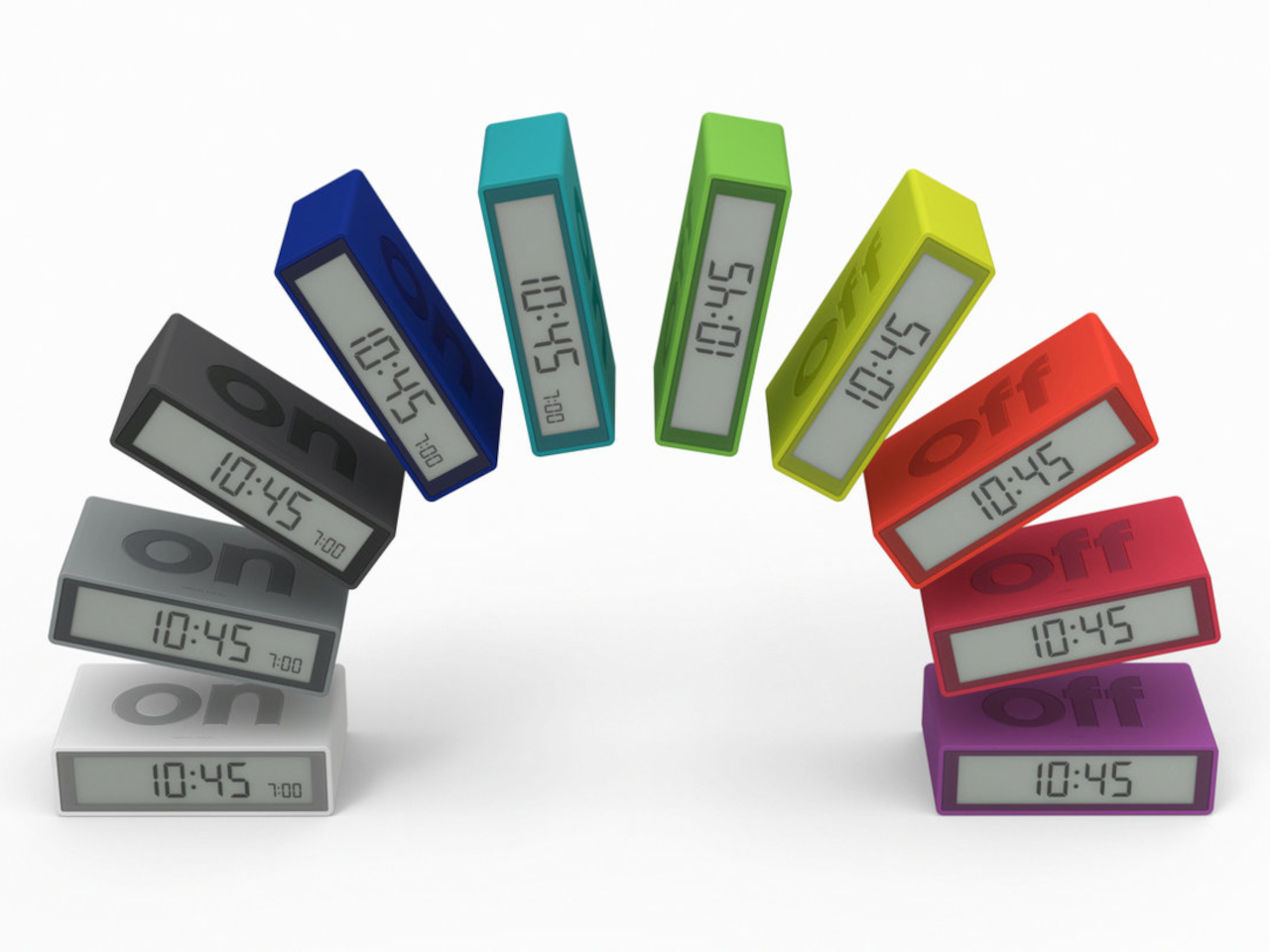
The post Minimalist alarm clock offers a simple yet delightful way to control it first appeared on Yanko Design.












